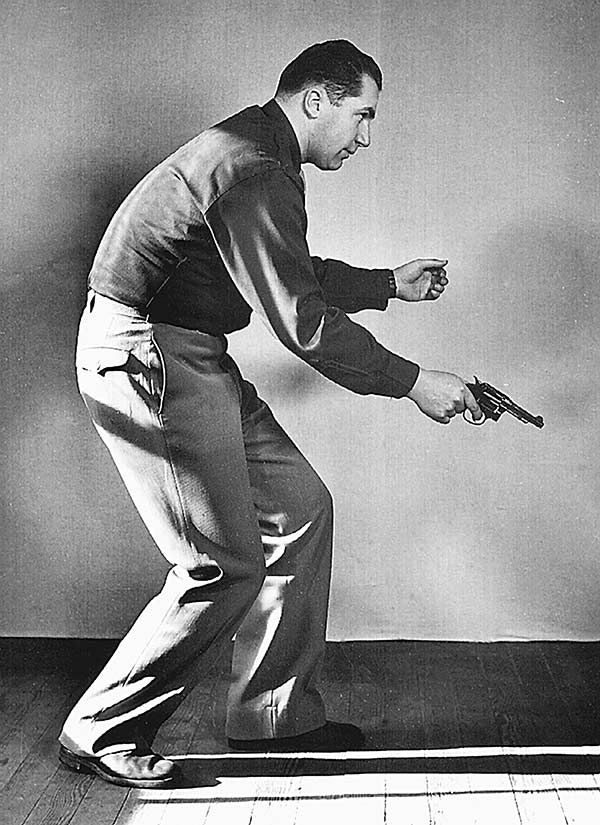One-handed shooting? Yes, but why?
- Marco Damaso

- May 7, 2024
- 2 min read
When researching one-handed handgun shooting, you'll inevitably encounter two main arguments: either due to an injured arm or the unavailability of the other arm (e.g., holding a child or a smartphone). But are these the only reasons to practice one-handed shooting?
As Fairbairn and Sykes stated in their 1942 book "Shooting to Live," most handgun confrontations occur at very close range (less than 4 yards) under high stress, requiring extreme speed in drawing and shooting. Modern law enforcement experiences also show that officers often resort to one-handed shooting at close range, sometimes using their other hand to hold or deflect the opponent’s weapon.
It's undeniable that shooting one-handed from the "hip" is always faster than extending the arm(s) and shooting. Additionally, keeping the handgun closer to your body offers protection if the opponent is less than 2 yards away. Fairbairn and Sykes' "Half-Hip" and "Close-Hip" techniques have been adapted by numerous instructors over the past 80 years, including Colonel Rex Applegate for the OSS in WWII, Bill Jordan in the 1960s, and Chuck Taylor in the 1980s.


Another issue is that many people or organizations only train in sighted one-handed shooting, which is slower and generally less accurate than two-handed shooting. While this technique may be suitable for long-distance confrontations, it's inadequate for very close-range situations.
Some shooters argue that they can draw, shoot, and hit a target in under one second without the need for so-called "instinctive" shooting. While this may be possible, the question remains: can they perform under combat stress? And how much training is required to achieve such a skill? Often, more than the average person or organization can afford, making it unrealistic for most.
To prepare seriously for close-range confrontations with a handgun, your training syllabus should incorporate some form of "Hip" and "Extended Arm" techniques without using sights (instinctive shooting). Initially, focus on hitting targets rapidly at very close ranges (less than 3 meters), then progress to shooting more accurately at longer distances. However, keep in mind that handgun confrontations rarely extend beyond distances greater than 7 meters. Train accordingly.



Comments